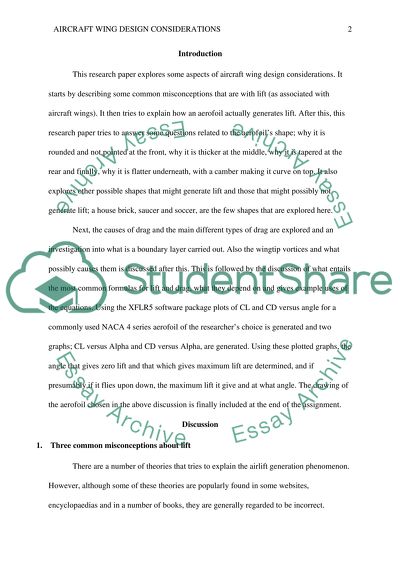Cite this document
(Aircraft Wing Design Considerations Assignment Example | Topics and Well Written Essays - 2634 words - 1, n.d.)
Aircraft Wing Design Considerations Assignment Example | Topics and Well Written Essays - 2634 words - 1. Retrieved from https://studentshare.org/engineering-and-construction/1673668-aircraft-and-automotive-system
Aircraft Wing Design Considerations Assignment Example | Topics and Well Written Essays - 2634 words - 1. Retrieved from https://studentshare.org/engineering-and-construction/1673668-aircraft-and-automotive-system
(Aircraft Wing Design Considerations Assignment Example | Topics and Well Written Essays - 2634 Words - 1)
Aircraft Wing Design Considerations Assignment Example | Topics and Well Written Essays - 2634 Words - 1. https://studentshare.org/engineering-and-construction/1673668-aircraft-and-automotive-system.
Aircraft Wing Design Considerations Assignment Example | Topics and Well Written Essays - 2634 Words - 1. https://studentshare.org/engineering-and-construction/1673668-aircraft-and-automotive-system.
“Aircraft Wing Design Considerations Assignment Example | Topics and Well Written Essays - 2634 Words - 1”, n.d. https://studentshare.org/engineering-and-construction/1673668-aircraft-and-automotive-system.


